Kanazawa’s Chaya Districts: Etiquette and Experiences in Higashi, Nishi, Kazue-machi

vol. 01
Even Kanazawa Locals Don’t Know
Scene from Higashi Chaya District. Photo by Ken Oki
A Brief Preface
Following the contents page, this is Sakamoto, Editor-in-Chief of Hokuroku. Before handing over to our Deputy Editor, Otsubo, I’d like to offer a brief preface.
Kanazawa is home to chaya districts, iconic tourist destinations representing Hokuriku. But what exactly are chaya districts?
We’ll delve into that later, but according to Toko, a geiko (geisha) working at the chaya (teahouse) Nakamura in Kanazawa’s Higashi Chaya District, even she, born and raised in Kanazawa, only understood the chaya district as “an area with old townscapes” until she was a university student.
Similarly, Y-san, a Kanazawa-born and raised business figure who introduced us to the chaya Fujinoya for this interview, admitted he had no idea what the world of chaya was like until a senior took him there.
Even native Kanazawa citizens don’t fully understand or know much about it. It’s even more so for people from Toyama or Fukui.
Kanazawa Has Three Chaya Districts
View of Kazue-machi Chaya District from Asanogawa Bridge. Photo by Masayoshi Sakamoto
Let’s return to our initial question: What exactly is a chaya district?
The chaya districts of Kanazawa date back to the Edo period (1603–1868). Back then, scattered chaya establishments were consolidated under official domain recognition, abolished due to moral concerns, and then permitted again. In short, the history has been full of twists and turns.
Even in the Meiji (1868–1912), Taisho (1912–1926), and Showa (1926–1989) eras, there were ups and downs. From the late Meiji to Taisho periods, the districts thrived, and the post-World War I economic boom brought prosperity. However, after World War II, times changed dramatically, and the number of chaya and geiko (geisha) declined sharply.
This trend wasn’t unique to Kanazawa. Chaya districts, known as kagai, geisha-machi, or karyukai in other parts of Japan, all refer to areas where geiko are active. The names may differ, but they mean the same.
While kagai still exists across Japan, particularly in Kyoto (with its five districts) and Tokyo (with six), most have downsized, and some have unfortunately disappeared altogether.
Scene from Nishi Chaya District. Photo by Masayoshi Sakamoto
Of course, Kanazawa hasn’t been immune to these changes. Nevertheless, the city still retains three chaya districts: Higashi, Nishi, and Kazue-machi.
While the number of geiko has decreased, there are still several dozen active today. Why have these districts survived in a relatively small city like Kanazawa?
This feature aims to uncover that very reason through direct visits to these chaya.
Preserving the Chaya Culture Through Kanazawa’s Business Leaders
Around Higashi Chaya District. Photo by Masayoshi Sakamoto
Our interviews took place at the end of 2019, before the impact of COVID-19.
It was a rainy day. The chaya districts of Kanazawa are worlds where first-time visitors (ichigen-san) are generally not allowed without an introduction. Securing these interviews was no easy feat.
We first needed to find someone who could help us cross the barrier of being “first-timers.” Surprisingly, we discovered that one of our closest connections within the editorial team knew a young Kanazawa entrepreneur who frequented chaya. When we reached out, he kindly agreed to assist.
That entrepreneur was Y-san. As a Kanazawa business leader, he holds a strong desire to preserve the chaya culture and he willingly facilitated introductions.
We planned to accompany Y-san during one of his ozashiki (traditional banquet) visits with friends to observe and report on the experience.
However, finding a chaya willing to allow a reporter to tag along was no easy task, even with Y-san’s introduction. This reluctance likely stems from the belief that openly exposing everything about the chaya world isn’t always in good taste.
Despite this, thanks to Y-san’s persistent efforts, Yaeko Yoshikawa, the proprietress of Fujinoya in the Higashi Chaya District, graciously welcomed us to observe an ozashiki.
Ms. Yoshikawa also runs a wine bar called Teriha in the same district.
The interview took place at Fujinoya at the end of last year. While my understanding may still be limited, I hope to convey what a chaya is, its rules, and the allure of geiko performances.
Starting from the next story, our Deputy Editor Otsubo, who experienced chaya culture firsthand, will take over (though I also joined the fieldwork). We hope you enjoy the journey to the end.
(Deputy Editor’s Comment: From the second story onward, I explore the world of chaya. Ah, I felt so nervous!)
23つの茶屋街が金沢にはある。ひがし茶屋街はその中の1つ。
3ひがし茶屋街に5つある茶屋の1つ。石川県金沢市東山1-14ー7
4歌、三味線、舞踊などを酒宴の場で披露しお客を楽しませる芸者。
5ひがし茶屋街に5つある茶屋の1つ。石川県金沢市東山1-14ー12
61820年(文政3年)
71831年(天保2年)
81867年(慶応3年)
9石川県金沢市東山1-24ー7

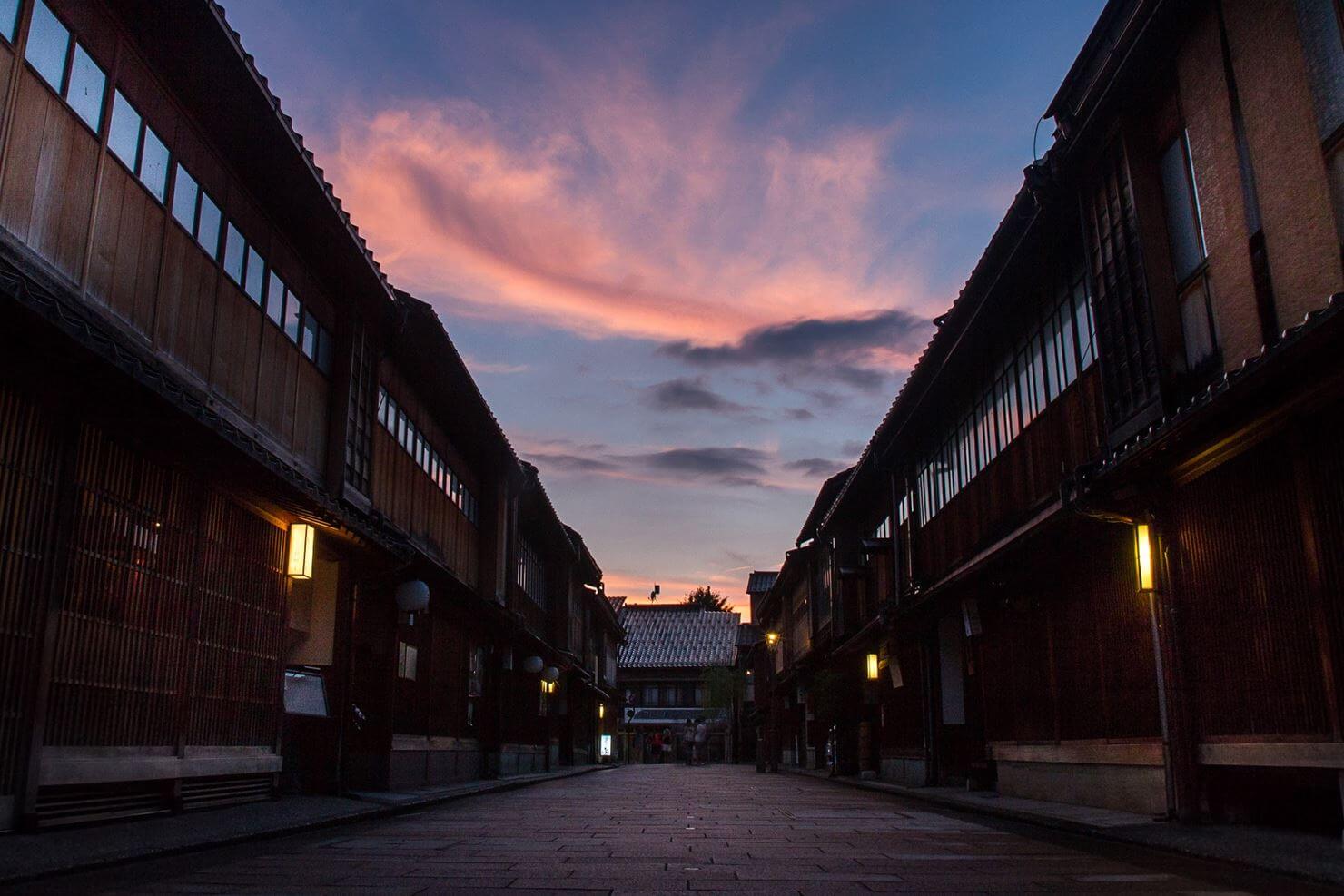
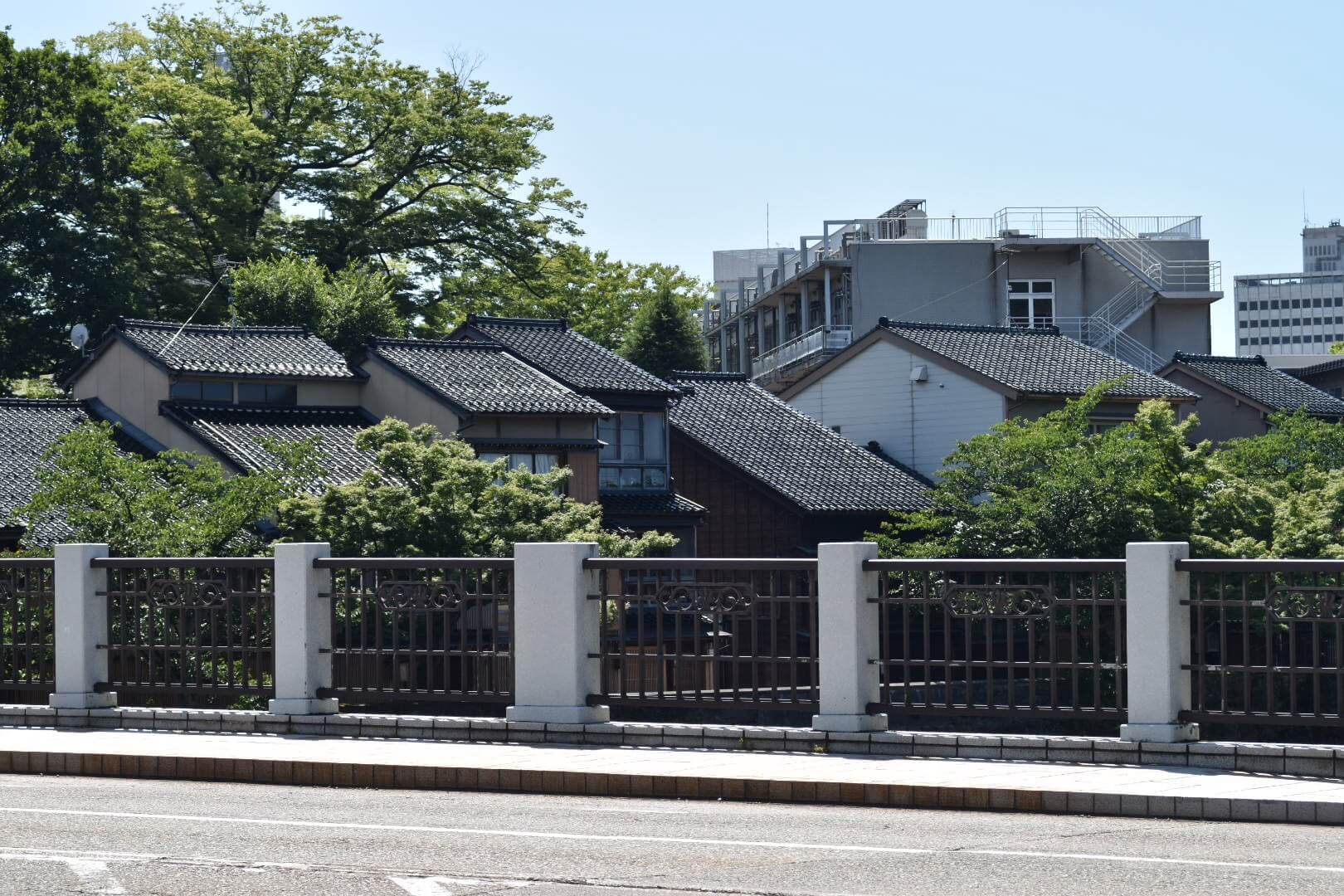
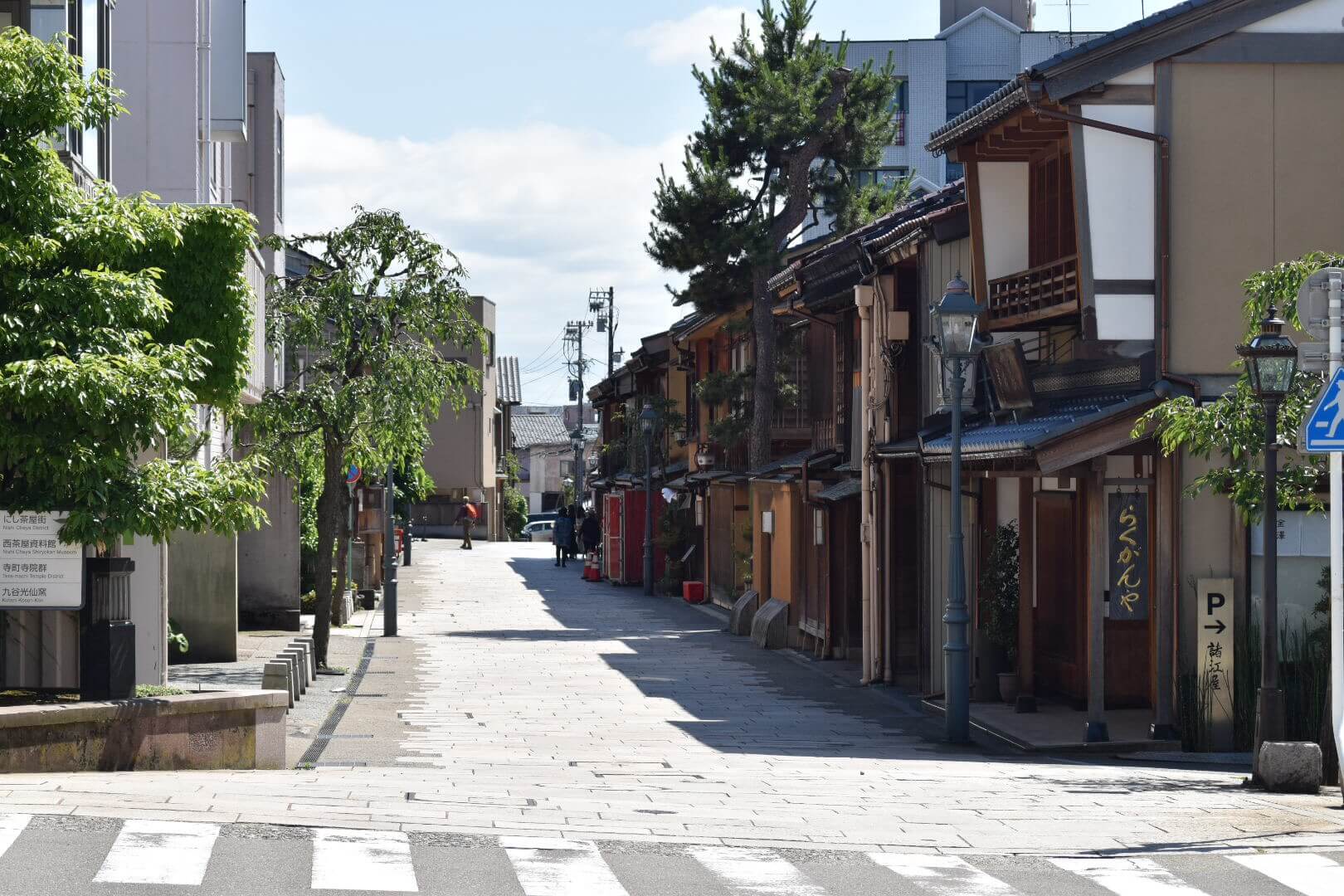
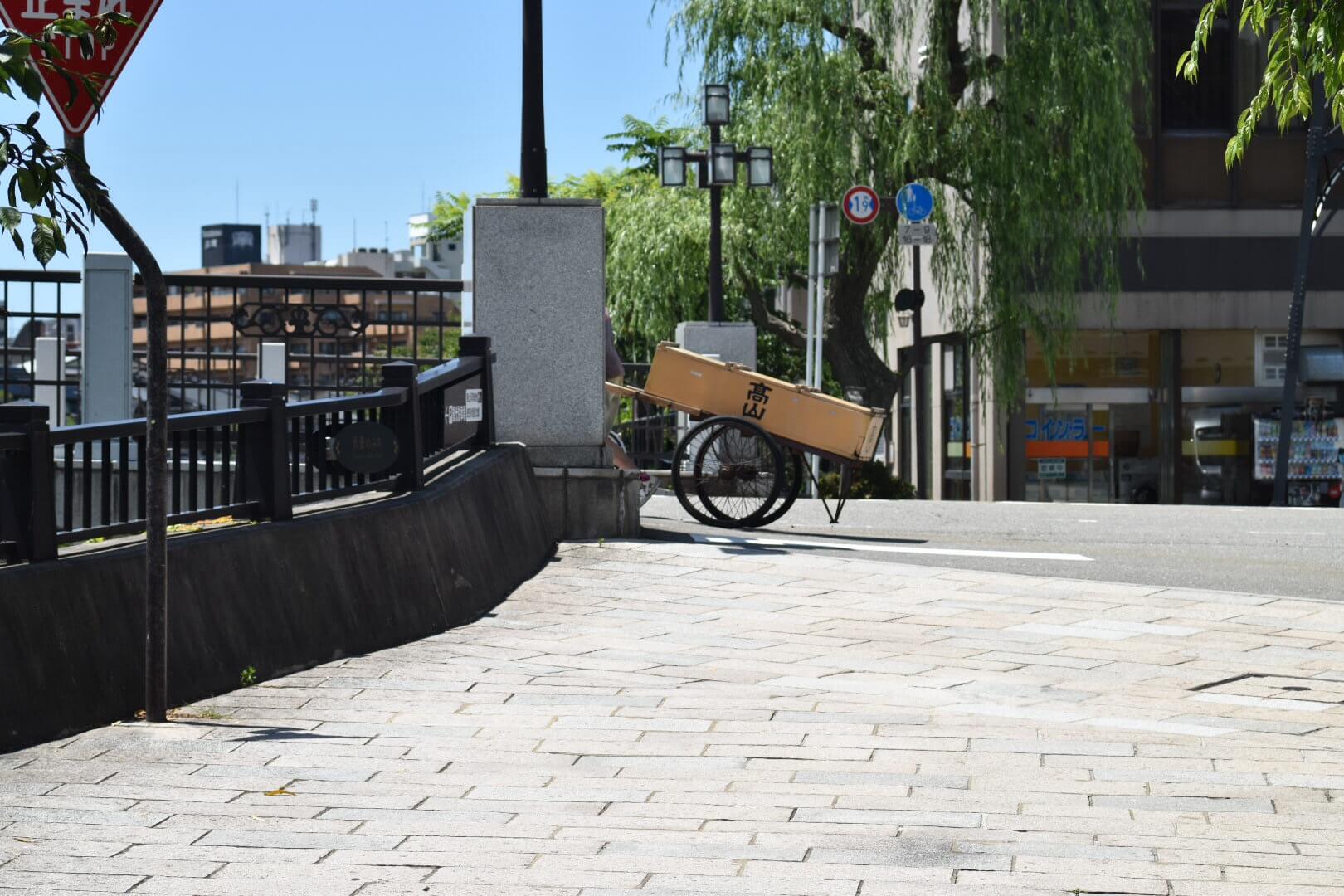

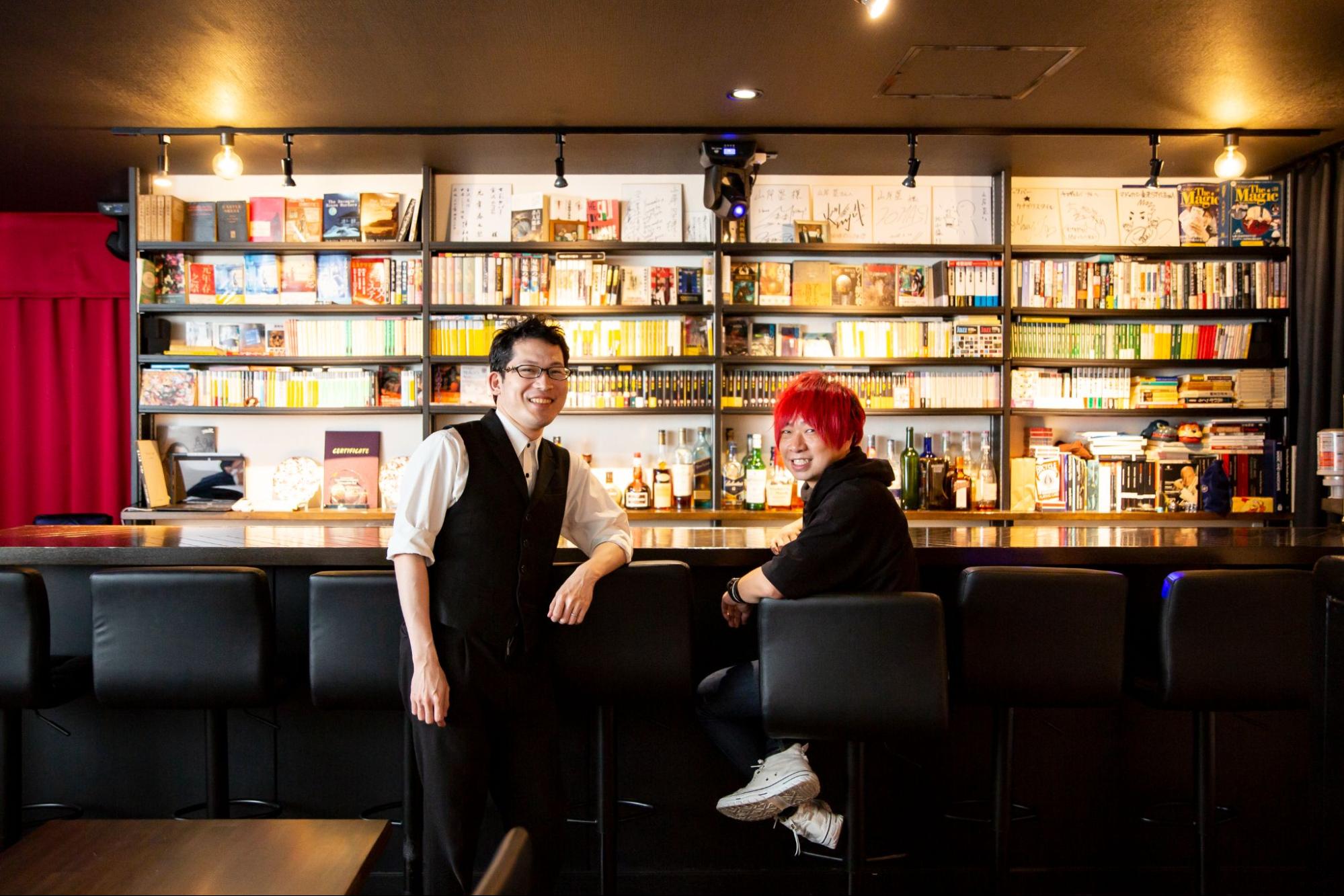


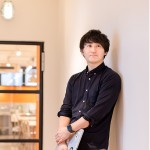

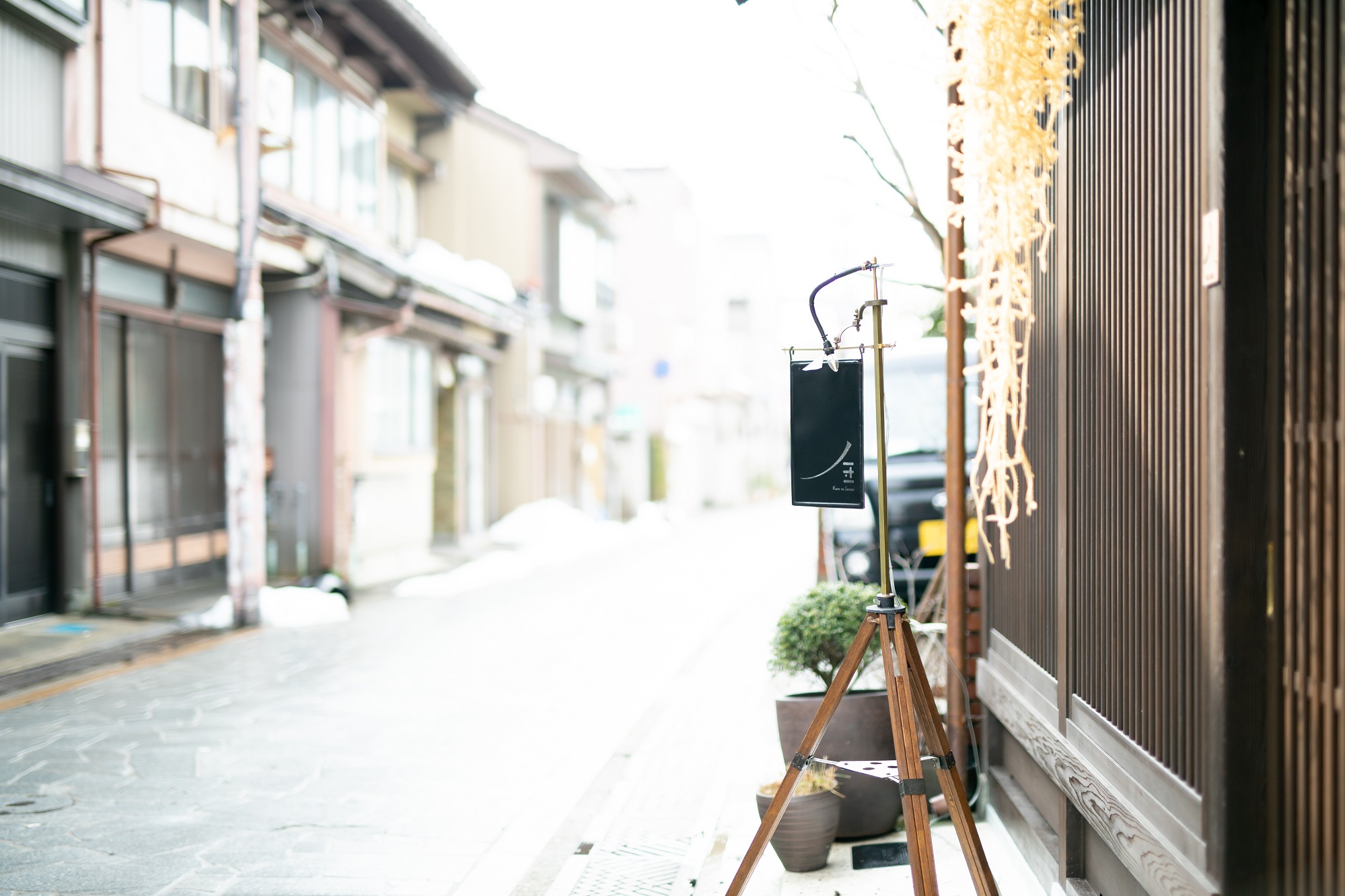
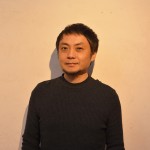
Like op-ed
For this article, we are waiting for your positive, constructive and responsible opinions and comments. Only members can post.
Only members can post. please login.